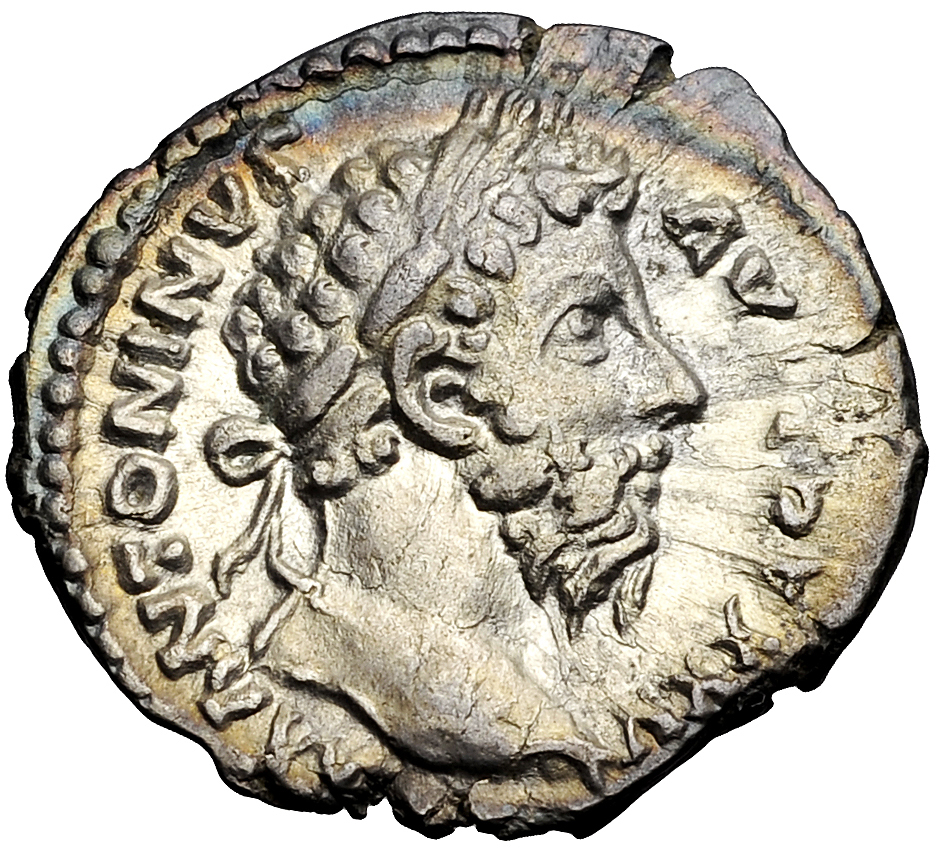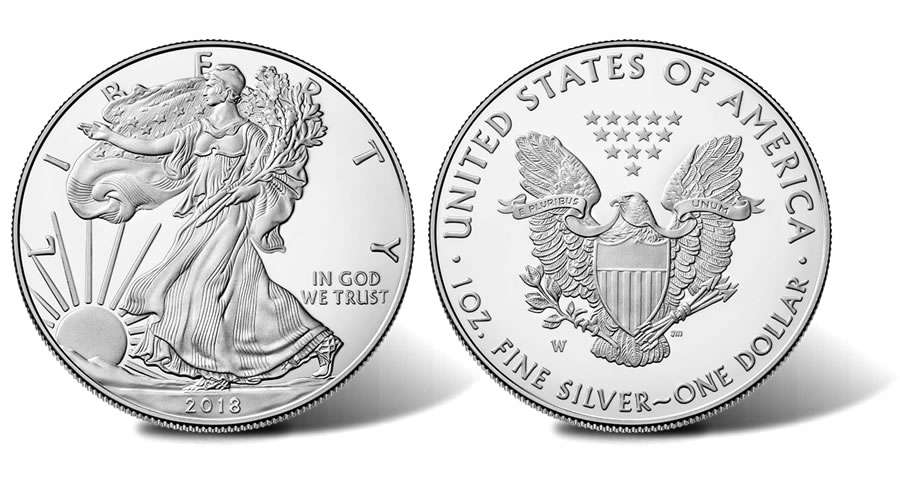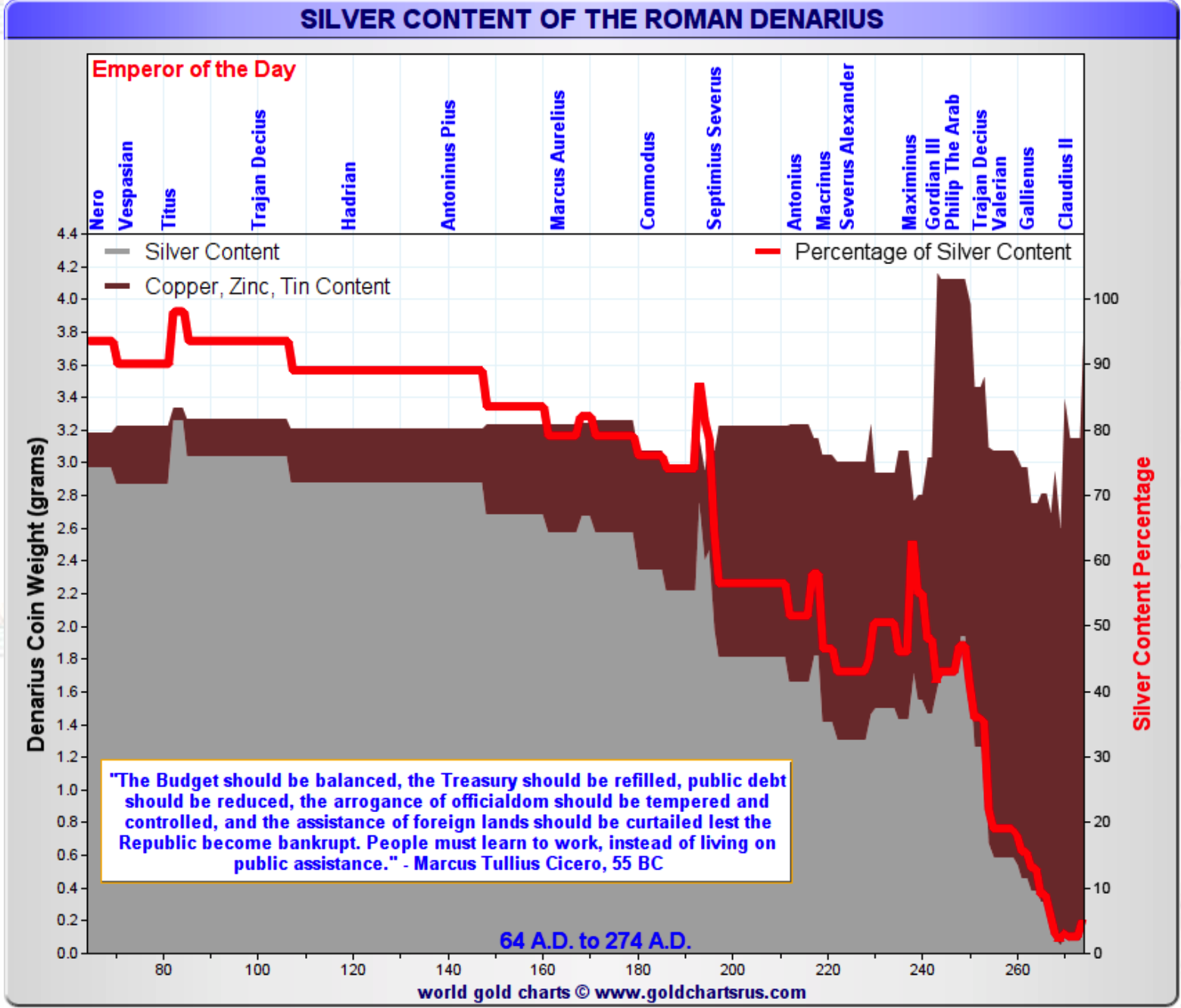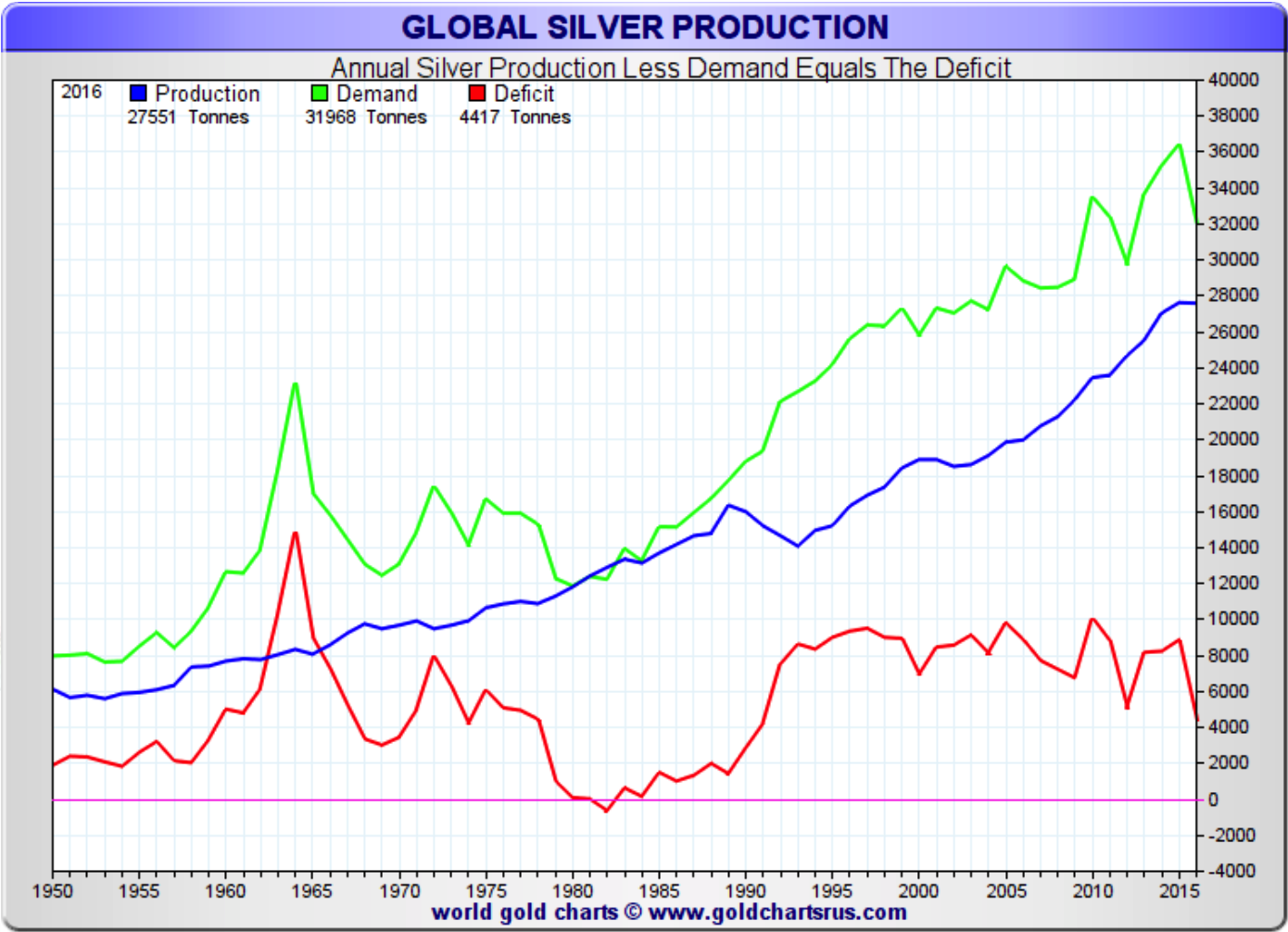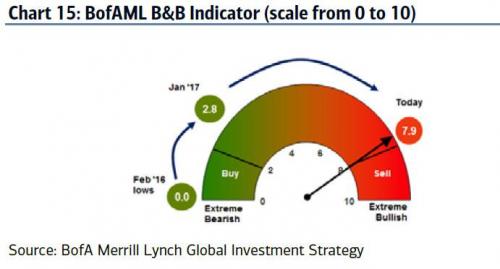Silver Bullion: Once and Future Money – “Silver is as much a monetary metal as gold” – Rickards – U.S. following footsteps of Roman Empire which collapsed due to currency debasement (must see table) – Silver bullion is set to rally due to a combination of supply/demand fundamentals, geopolitical pressures creating safe haven demand, and increasing inflation expectations as confidence in central banking and fiat money erodes– “Silver is ripe for a major breakout to the upside in 2018″ – analyst Samson Li of Reuters – Investors can still buy 99.9% pure one ounce silver bullion coins– “Secular rally in silver bullion is in its early days” and “will be sustained and amplified in the months and years to come” Editor:
Topics:
Jan Skoyles considers the following as important: Daily Market Update, Featured, GoldCore, newslettersent
This could be interesting, too:
RIA Team writes The Importance of Emergency Funds in Retirement Planning
Nachrichten Ticker - www.finanzen.ch writes Gesetzesvorschlag in Arizona: Wird Bitcoin bald zur Staatsreserve?
Nachrichten Ticker - www.finanzen.ch writes So bewegen sich Bitcoin & Co. heute
Nachrichten Ticker - www.finanzen.ch writes Aktueller Marktbericht zu Bitcoin & Co.
| Silver Bullion: Once and Future Money
– “Silver is as much a monetary metal as gold” – Rickards Editor: Mark O’Byrne |
|
Text by Jim Rickards via Daily Reckoning
|
|
|
|
| Until 1935 U.S. silver coins were 90% pure silver with 10% copper alloy added for durability. After the U.S. Coinage Act of 1965, the silver content of half-dollars, quarters and dimes was reduced from 90% to 40% due to rising price of silver and hoarding by citizens who prized the valuable silver content of the older coins.
The new law signed by President Johnson in 1965 marked the end of true silver coinage by the U.S. Other legislation in 1968 ended the redeemability of old “silver certificates” (paper Treasury notes) for silver bullion. Thereafter, U.S. coinage consisted of base metals and paper money that was not convertible into silver; (gold convertibility had already ended in 1933). Let’s hope that the U.S. is not following in the footsteps of the Roman Empire in terms of a political decline coinciding with the substitution of base metals for true gold and silver coinage. In 1986, the U.S. reintroduced silver coinage with a .999 pure silver one-ounce coin called the American Silver Eagle. However, this is not legal tender although it does carry a “one dollar” face value. The silver eagle is a bullion coin prized by investors and collectors for its silver content. But it is not money. |
Silver content of the Roman Denarius |
| Who in their right mind would pay a full ounce of silver for goods or services worth only a buck?
In short, silver is as much a monetary metal as gold, and has just as good a pedigree when it comes to use in coinage. Silver has supported the economies of empires, kingdoms and nation states throughout history. It should come as no surprise that percentage increases and decreases in silver and gold prices denominated in dollars are closely correlated. Silver is more volatile than gold and is more difficult to analyze because it has far more industrial applications than gold. Silver is useful in engines, electronics and coatings. Interestingly, gold is used very little other than as money in bullion form. Gold has some highly specialized uses for coating and ultra-thin wires, but these are a very small part of the gold market. Both gold and silver are used extensively in jewelry. I consider jewelry to be “wearable wealth” and akin to bullion rather than a separate market segment. |
|
| Because silver has more industrial uses than gold, the price can rise or fall based on the business cycle independent of monetary considerations. However, over long periods of time, monetary and bullion aspects tend to dominate industrial uses and silver closely tracks its close cousin gold in dollar terms.
While gold and silver prices have a high correlation, the correlation is not perfect. There are times where gold outperforms silver and vice versa. Right now we are in a sweet spot for silver. Gold is performing well, and silver is performing even better! The latest data is telling me that silver prices are set to rally. This conclusion is based in part on a bull market thesis for gold. Gold staged an historic rally from 1999 to 2011, from about $250 per ounce to $1,900 per ounce, a gain of about 900% in that twelve-year span. Since then, gold prices fell in a 50% retracement (using the 1999 base) and bottomed at around $1,050 per ounce in December 2015. Secular bull and bear market tops and bottoms are difficult to see in real time, but they become apparent with hindsight. Gold gained over 23% in 2016-2017. From the perspective of early 2018, it is clear than the gold bear market ended over two years ago and a new multi-year secular bull market has begun. Silver is not only along for the ride, it is showing even better performance than gold, albeit with greater volatility. Both the gold and silver rallies are based on a combination of supply/demand fundamentals, geopolitical pressures creating safe haven demand, and increasing inflation expectations as confidence in central banking and fiat money erodes. |
Silver Bullion Prices in USD, July 2008 - Oct 2017 |
| In addition, silver has an excellent technical set-up right now. Precious metals analyst Samson Li writing in Thomson Reuters on January 2, 2018 offers this insight in the current technical trading position for silver:
Technically, silver is ripe for a major breakout to the upside in 2018. The CFTC figures Managed Money positions show that COMEX silver has been in a net short for three straight weeks since 12th December. This is not unheard of but is relatively rare for silver; the last time COMEX silver was net short was between the end of June and the first week of August 2015. As investment sentiment can swing from one extreme to another, and given silver’s innate volatility, this net short position should point to the possibility of a sharp short-covering rally. Looking back at the corresponding period in 2015, silver price was trading at $15.61/oz on the 7th July, and it was the third consecutive week recording a net short position. Approximately a year later, silver was trading over $20/oz in July 2016… The current poor sentiment does suggest that silver could be one of the better performing precious metals in 2018, barring any crisis that could trump most of the commodities but gold. The good news is that this secular rally in silver is in its early days. Recent gains will be sustained and amplified in the months and years to come. |
Tags: Daily Market Update,Featured,newslettersent

